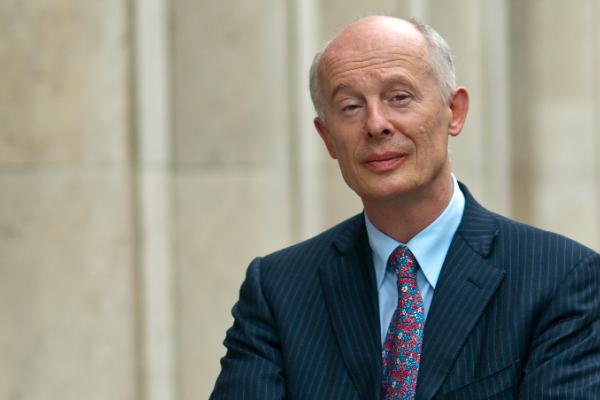One year on
This December marks one year on from the Paris agreement, where world governments agreed to keep global warming to within 2 degrees Celsius of the average pre-industrial temperature. To mark the occasion, Horizon takes stock of the situation and examines the challenges ahead. We speak to scientists who are mapping a pathway for governments to cut back on emissions, we host a debate on steel - one of Europe’s most polluting industries, and we look the progress of carbon capture and storage. We also interview Professor Hans Joachim Schellnhuber, founder of the Potsdam Institute in Germany, who was the first to propose that 2 degrees should be set as a limit for global warming.
Europe needs a climate research plan as focused as the US Apollo space programme that took astronauts to the moon, according to Professor Hans Joachim Schellnhuber, founder of the Potsdam Institute for Climate Impact Research in Germany, who in 1995 first proposed that we should limit the increase in the earth's temperature to 2 degree Celsius above pre-industrial levels.
Scientists are preparing a first-of-a-kind sub-sea experiment in which they will deliberately pump carbon dioxide into the ocean floor and let it seep back up into the sea.
The steel industry plays a big role in Europe’s energy consumption, but many say green technologies have been sidelined to stay competitive with cheaper, dirtier steel from China. To explore the best way forward, Horizon organised a debate between Dr Klaus Peters, the secretary general of the European Steel Technology Platform (ESTEP), and Wendel Trio, the director of Climate Action Network Europe.
Technologies such as nuclear power and carbon capture and storage, which are currently unpopular in many European countries, might be necessary if Europe is to meet the emissions reduction targets set out in Paris last year, according to researchers looking into the options facing Europe's Member States.
Bi-weekly news alert
The best Horizon stories, delivered to your inbox
Subscribe now





